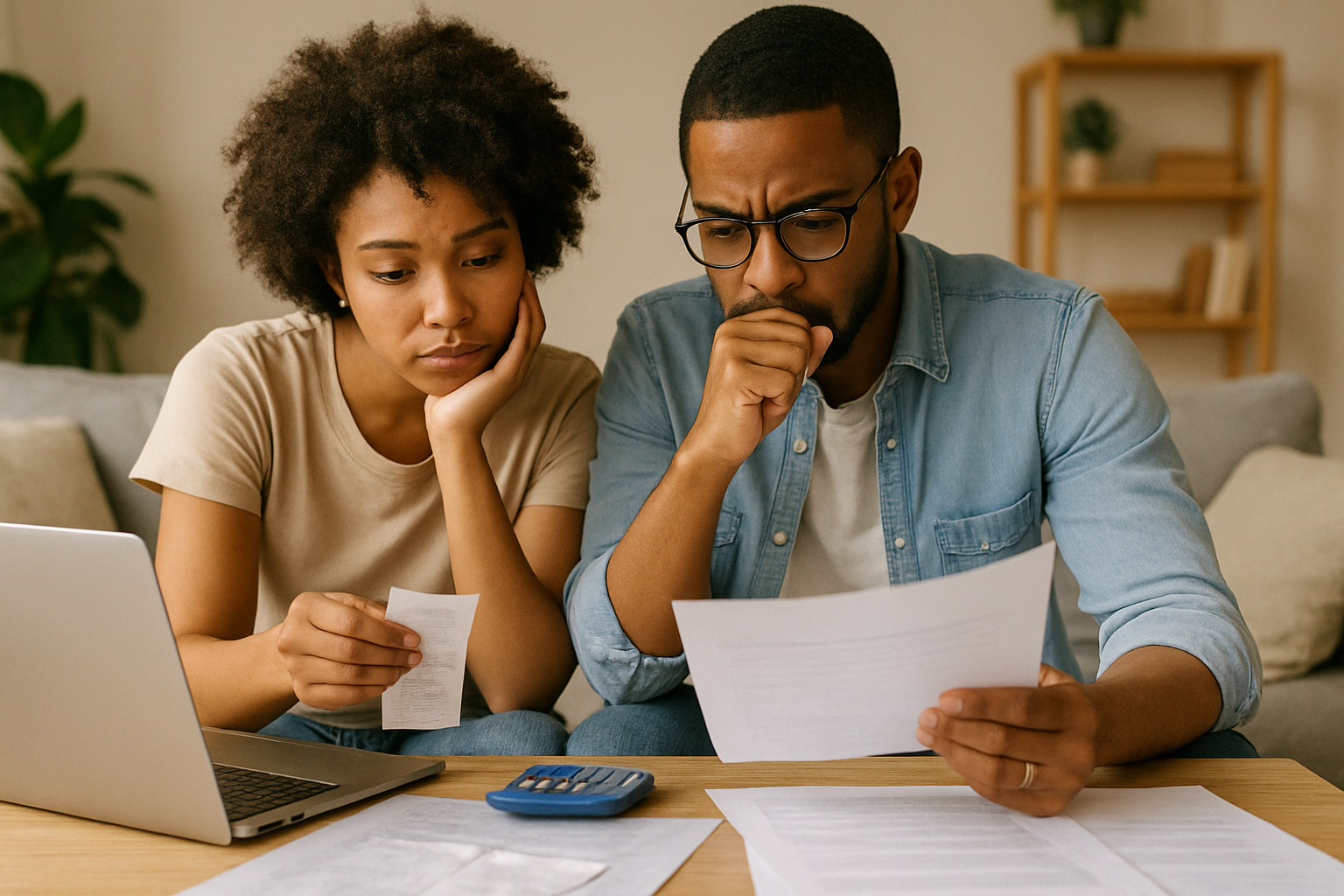An emergency fund is one of the most essential financial tools anyone can have. It acts as a financial cushion for unexpected events like medical expenses, job loss, or urgent home repairs. In this article, you’ll learn why an emergency fund matters, how much you should save, and practical steps to build one from scratch.
What Is an Emergency Fund?
An emergency fund is a savings account specifically set aside for unplanned expenses. It’s not meant for vacations or shopping sprees. Instead, it’s your financial safety net to help you avoid going into debt when life throws you a curveball.
Having this fund gives you peace of mind and greater financial security. It helps you handle life’s uncertainties without resorting to high-interest credit cards or loans.
Why You Need an Emergency Fund
Here are some of the most important reasons to prioritize building an emergency fund:
- Job Loss: If you lose your job, the fund can cover your living expenses while you search for new employment.
- Medical Emergencies: Unexpected medical bills can be financially devastating without a buffer.
- Home or Car Repairs: These expenses often arise without warning and can’t be ignored.
- Unexpected Travel: Emergencies involving family may require immediate travel.
Without an emergency fund, even minor unexpected expenses can lead to serious financial setbacks.
How Much Should You Save?
The ideal emergency fund size depends on your individual lifestyle and expenses. However, a good rule of thumb is:
- Starter goal: $500 to $1,000 — ideal for beginners
- Full emergency fund: 3 to 6 months’ worth of essential living expenses
If you have a stable job and low expenses, three months might be enough. If you’re self-employed or have irregular income, aim for at least six months.
Where to Keep Your Emergency Fund
Your emergency fund should be easily accessible, but not so accessible that you’re tempted to use it for everyday spending.
Recommended options include:
- High-yield savings accounts: Earn interest while keeping your money safe and accessible
- Money market accounts: Offer slightly higher returns with low risk
- Traditional savings accounts: Convenient if linked to your checking account
Avoid risky investments like stocks or cryptocurrency for emergency funds — you need reliability, not volatility.
Steps to Start Building Your Fund
Even if you’re living paycheck to paycheck, it’s possible to build an emergency fund with small steps.
Step 1: Set a Realistic Goal
Start with a goal you can achieve quickly, like $500. Then build toward one month of expenses, and gradually increase it.
Step 2: Open a Separate Savings Account
Keep your emergency fund separate from your main checking account to avoid accidental spending.
Step 3: Automate Your Savings
Set up automatic transfers to your emergency fund each time you get paid. Even $20 per week adds up over time.
Step 4: Cut Unnecessary Expenses
Temporarily reduce discretionary spending — like dining out, subscriptions, or impulse buys — and redirect that money to savings.
Step 5: Increase Income Where Possible
Take on freelance work, sell unused items, or start a side hustle to boost your savings rate.
When to Use Your Emergency Fund
Only tap into your emergency fund for genuine, unavoidable emergencies. Ask yourself:
- Is this expense unexpected?
- Is it urgent?
- Is it necessary?
If the answer is yes to all three, it’s likely a valid use of your emergency fund.
Rebuilding After Use
If you need to dip into your fund, make rebuilding it a priority. Resume automatic contributions and temporarily reduce non-essential spending until the fund is replenished.
Conclusion: Start Today, Secure Tomorrow
An emergency fund isn’t built overnight, but every dollar saved brings you closer to financial peace of mind. Start small, stay consistent, and remember — you’re not just saving money, you’re investing in your own stability and independence.
